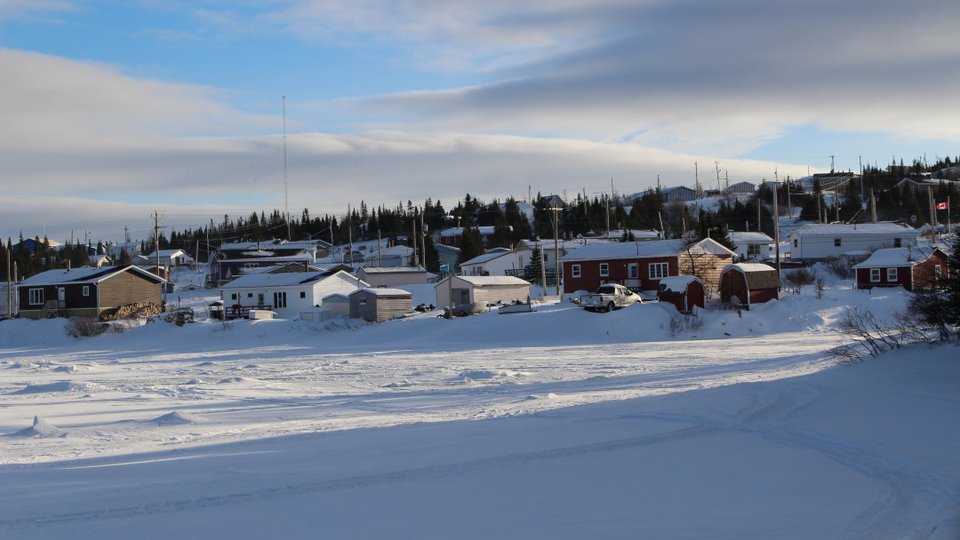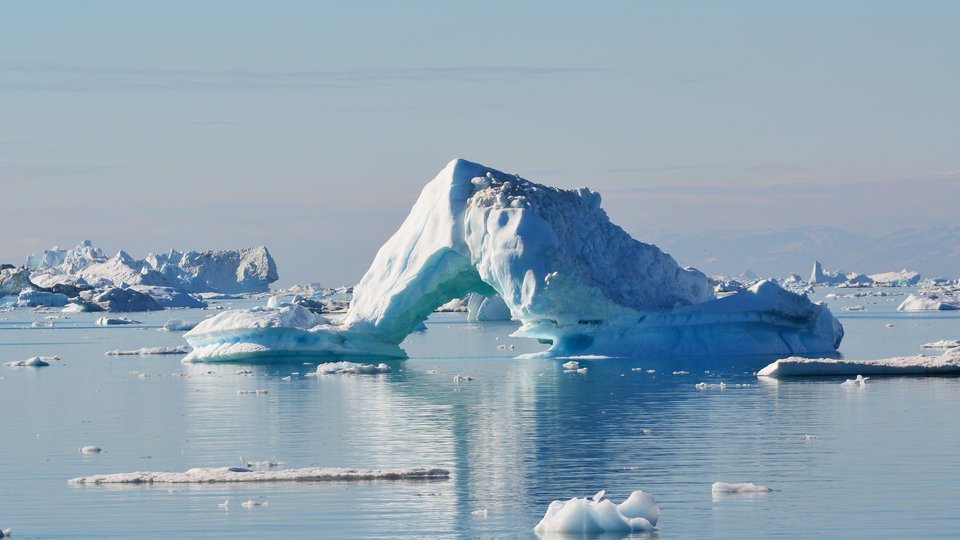
rctic science is often about things you can do nowhere else, and perhaps no one phenomenon is more associated with the Arctic than the northern lights or aurora — those magical green and red curtains of luminescence that shimmer in the Arctic night sky.
One of the most popular places to see the aurora is Yellowknife, NWT, which lies beneath the auroral oval, a narrow ring around the world where charged particles, funnelled by the Earth’s magnetic field, ‘rain’ down on the upper atmosphere to create the spectacle. On any night that it is both clear and dark, you are virtually certain to see them. This amounts to an average of 100 nights per year, more than almost anywhere else on Earth.
Participate in the magic!
But what if you can’t get to Yellowknife? Thanks to a program called AuroraMAX, you can now watch the aurora broadcast live on the Internet every evening during the aurora season, roughly September through April. You can find Aurora- MAX here. A Twitter feed @auroramax also gives alerts of nights when strong aurora are expected.
If you want to get more actively involved in studying the aurora, as well as contribute to their study, then a great place to start is The Auroral Zone. Developed by the Arctic Institute and UCalgary Department of Physics and Astronomy, it is a citizen science project where you can classify aurora images as well as discover more about their types and the science.
Curious Facts
Whether you watch the aurora standing in -40C cold on the expanse of a frozen lake outside Yellowknife or sitting with a cup of tea or glass of wine in front of a laptop, their flickering multi-hued curtains, bands and rays inspire awe and evoke questions:
Why are they mostly green?
Electrons coming down the magnetic field from the region of space around the Earth collide with atoms and molecules in the upper atmosphere, which, in turn, emit tiny flashes (photons). These photons have wavelengths that are characteristic of the particle that was excited. The green light in the aurora comes from a readily excited state in atomic Oxygen, a common constituent in the upper atmosphere.
...but sometimes red?
There is another commonly excited state in atomic Oxygen that gives rise to photons corresponding to red light. This state gives rise to a photon only if the Oxygen atom does not collide with anything else for many seconds after it has been excited. So the red photons come from higher altitudes than the green photons... altitudes where the atmosphere is rarefied enough that collisions are very rare. Our eyes are less sensitive to red, and the red aurora is dimmer than the green, so what we see is mostly green.
...and even sometimes violet?
At these high altitudes the atmosphere is stratified, with lighter atoms higher up than heavier molecules. There is often a band of violet light coming from the bottom of the auroral curtains. This is from ionized Nitrogen molecules that are impacted by particularly energetic electrons that get deeper into the atmosphere.
How high up are they?
The aurora are from around 90 km to 400 km or more up (even though sometimes you feel like you can reach up and touch them!)
What makes the different shapes?
Good question! This is one of the areas that is least well understood and a topic of intense scientific study. Aurora can form curtains, patches or coronas — but which one forms and which location depends on physical processes in near-Earth space that we are only beginning to understand.
Is it true they sometimes make a sound?
People have reported hearing faint hissing, swishing or crackling sounds when seeing the aurora, but scientific experiments have failed to detect these. The air density is so low at the altitudes where aurora happen that sound could not be transmitted directly from the aurora, so if sounds do happen they most likely are produced at much lower altitudes by processes associated with the aurora.
Can the aurora cause damage?
Not the aurora themselves, but the charged particles which create them certainly can. During solar storms they can knock out communications satellites and cause high currents to form in power lines, which in turn means electrical outages.
What do native legends say about them?
There are many different stories about the aurora. In Labrador for example Inuit legend has it that the aurora are torches held by spirits who are guiding the souls of the recently departed to the next world. They say that the whistling noise that sometimes accompany them are the spirits trying to communicate with people.
Dr. David Millar is a science writer focusing on archaeology and past climate change, and a Research Associate at the Arctic Institute of North America, University of Calgary, Canada.
AuroraMAX is a collaborative initiative between the University of Calgary, the City of Yellowknife, Astronomy North and the Canadian Space Agency.
The Auroral Zone is an initiative led by the University of Calgary Department of Physics and Astronomy and the Arctic Institute of North America, in partnership with the Canadian Space Agency, AuroraMAX and Aurorasaurus.





